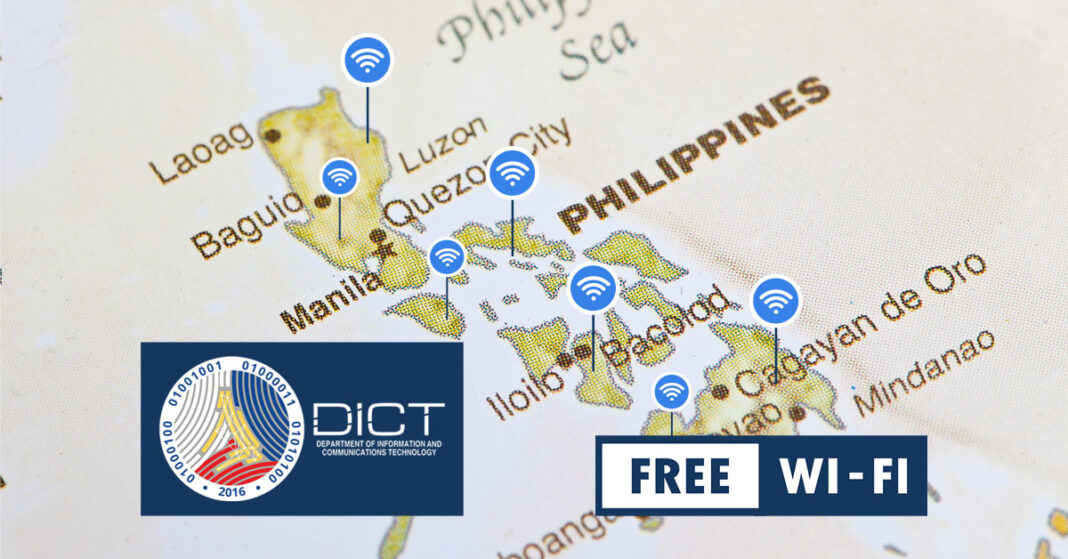To cope with technology advances and enhance communications in the Philippines, the Department of Information and Communications Technology or DICT aims to create more than 9,000 free wi-fi sites in different parts of the country — with most of the free wi-fi access being placed in remote or isolated areas to provide wider connectivity to people in those particular areas who have little to no access to the internet or mobile cellular networks.
Anna Mae Yu Lamentillo, the undersecretary and acting spokesperson for the DICT, stated that they will carry out this project to help Filipinos stay connected to each other, and even to the rest of the world.
This project is also under President Ferdinand R. Marcos Jr.’s Build, Better, More (BBM) program that intends to expand the previous administration’s “Build, Build, Build” program by improving the public infrastructure, including the digital infrastructure in the country. In line with this, the DICT created the Broadband ng Masa Program or BBMP, which in essence, seeks to bring internet connectivity to different communities, bridge the digital divide and at the same time improve e-governance in the country.
Lamentillo added that “the Broadband ng Masa Program aims to improve internet speed and connectivity in the country, particularly in geographically isolated and disadvantaged areas. This includes improving and establishing broadband infrastructure, encouraging more investment in unserved and underserved communities, and advocating for ICT-related policies.”
She also shared that “from 40,000 Mbps, it will increase to 2,000,000 Mbps over the next six years. We expect Phase 1 of the Luzon Bypass Infrastructure Project (LBIP) to be finished by the first half of 2023.” The Luzon Bypass Infrastructure is a 240-kilometer fiber line that will link government-owned cable landing stations in Baler, Aurora, as well as in Poro Point, La Union. This will help increase the government by 50 times.
As the year starts, the DICT plans to install 15,834 free wi-fi sites in total this 2023 in public places, and by 2025, the DICT targets to have over 100,000 operational free wi-fi sites in various areas — from the north down to the south side of the country.
As part of the broadband program, the DICT will give additional support to people who live in remote areas with little or no access to electricity by providing public schools with tablets and organizing training on how to use the internet. Furthermore, the project also includes the installation of solar and gas-powered generators in these areas.
Currently, “there are already 4,757 wi-fi sites in 17 regions, 75 provinces and Metro Manila, and 606 cities and municipalities nationwide, including those at the geographically isolated and disadvantaged areas (GIDAs), such as Basilan, Sulu, Tawi-Tawi, and Pag-asa Island in Kalayaan Group of Islands,” according to DICT undersecretary Anna Mae Lamentillo.
The DICT is positive of the potential of the initiative, and hopes that it will provide and establish a practical yet pleasant solution to address the growing digital divide and improve communications in the country, mostly in geographically isolated and disadvantaged areas. This project is also a step toward helping the country become more digital.

